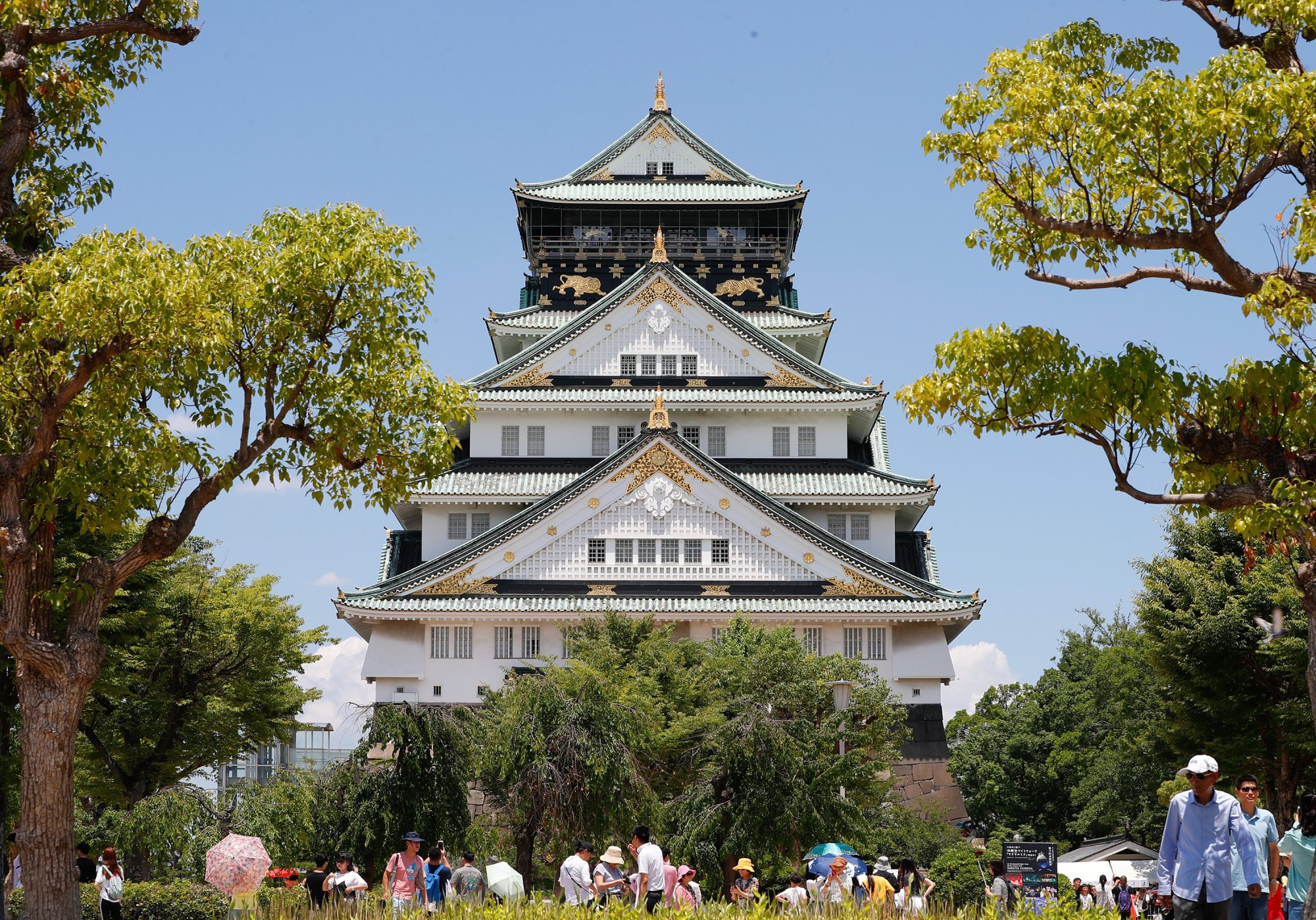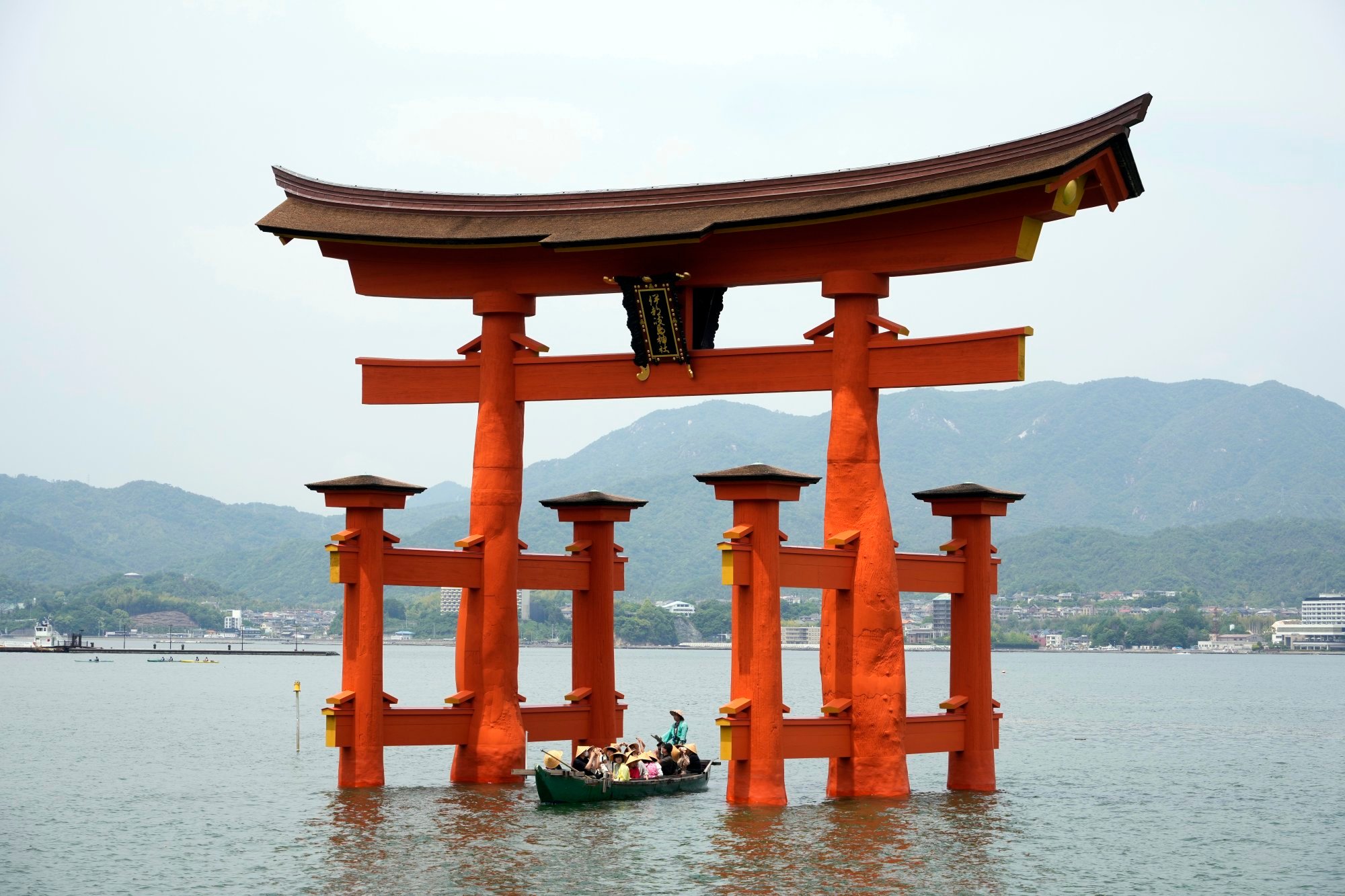While no figures have been decided upon for the proposed levy hike, Yoshimura is bullish about the plan, saying in a press conference, “For us to make Osaka prefecture more comfortable and attractive by implementing various tourism policies, why shouldn’t we ask for a little more?”
Naomi Mano, president and CEO of high-end inbound travel firm Luxurique, supports the proposal as funds are needed to upgrade tourist facilities across Japan.
“Coming to Japan as a tourist today is not very expensive at all and there are a lot of places that require either new infrastructure for tourists or an update to existing facilities,” she told This Week in Asia.
The windfall would go towards creating new tourist information materials in multiple languages, she said, as well as replacing old-fashioned infrastructure in tourist areas, such as squat toilets and other facilities that foreign visitors were not comfortable using.
“The tax is likely to be minimal, maybe a couple of hundred yen, and the vast majority of visitors will not even notice, but those additional funds can be put to good use,” she added.

According to domestic travel giant JTB, total arrivals in 2024 is expected to reach 33.1 million. Arrival figures topped 2 million for an eighth straight month in January, when 2.69 million foreign tourists visited the country.
With the number of tourists soaring, however, some locations in Japan are introducing additional levies.
The mayor of Koya, the mountain town in Wakayama prefecture famous for its historical links with the Buddhist monk Kukai, founder of the Shigon school of Buddhism, confirmed in March that the town council was considering implementing an entrance tax.
Seoul steps up clampdown on ‘dumping tours’ targeting Chinese visitors
Seoul steps up clampdown on ‘dumping tours’ targeting Chinese visitors
The Unesco World Heritage site received some 1.39 million domestic and foreign tourists in 2023, with numbers spiking to 30,000 a day in the peak spring and autumn seasons – and dwarfing the 2,700 permanent residents. The mayor suggested the additional funds would be spent on repairing roads, constructing new public toilets and improving access to the town’s famous temples.
In October 2023, the city government that administers Miyajima, the holy island off Hiroshima that is another World Heritage site and home to the famous “floating” Itsukushima shrine, introduced a 100 yen surcharge for all visitors.

“That has helped deter some tourists and reduce overcrowding, which is such a hot topic here in Japan at the moment, but if Japan is going to go down this route, then they also have to make sure they … absolutely ring-fence that additional revenue and make sure that it really does go back into tourism,” he said.
“It cannot just be a cash grab for the prefecture or the city to go into a general account and be squandered on a new road that nobody wants or needs,” he said.
“There are lots of ways the money can be spent to benefit the tourism sector, but the authorities need to be transparent on where it is going,” he added. “These taxes can be a good solution if they are done properly.”


